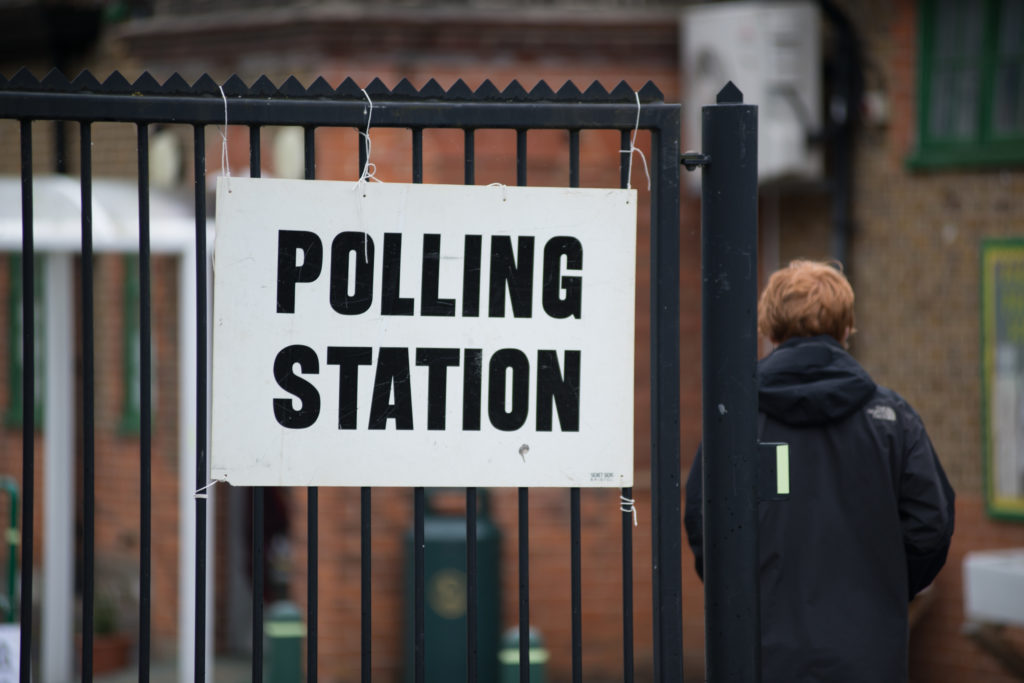Two leading democracies go to the polls later this month, both facing far from certain outcomes. The end of the Merkel era places Germany at a crossroads with a diverse range of multi-party coalitions on the table. Meanwhile, Canada’s election is Justin Trudeau’s gamble to turn his minority government into a majority one, despite polls suggesting this could backfire and hand power to the country’s Conservatives.
Held within a week of each other, these elections are two very different interpretations of democracy due to their contrasting electoral systems. They show how the UK has two possible futures ahead. The Canadian route, based around First Past the Post (FPTP), typifies just a semi-representative democracy. And the German route, based around Proportional Representation (PR),which ensures an accurate link between votes cast and seats won.
Unlike New Zealand and Australia, which have made moves away from the Westminster FPTP model, Canada’s voting system is nearly identical to the UK’s. On 20 September, Canadians will vote in 338 different single member constituencies (known as ridings). The candidate with the most votes in each seat wins and whichever party commands a majority of seats forms the government. Like in the UK, Canada’s voting system leads to an unrepresentative House of Commons.
In 2015, Canada’s Liberals leapfrogged the NDP and the Conservatives into government. Justin Trudeau’s journey to become prime minister was remarkable but the scale of his win was exaggerated by the First Past the Post voting system. The Liberals won a majority of seats on just 39.5% of votes cast. In contrast, the Greens won 4% but just one seat. As we have seen in the UK, First Past the Post skews the link between seats and votes and usually gives a party 100% of the power on less than 50% of the vote.


In Canada’s 2019 election, another flaw of FPTP was exposed. The Liberals lost the popular vote but won more seats than the Conservatives and were able to stay in power as a minority government. A similar tale was seen in the UK in both the 1951 and February 1974 General Elections. Not only is FPTP unrepresentative, it also sometimes fails to live up to one of its supposed benefits – producing so-called clear and obvious winners.
Now two years later, Trudeau has called an early election. Polling indicates that the Liberals risk losing power. Ironically, Trudeau went into the 2015 election pledging to abolish FPTP before backtracking, thinking his party could win successive majority governments. The upcoming election is unpredictable and FPTP makes it even more so. It could even be another wrong-winner election but if a majority is won by either party, it is likely to be achieved on just 30-something per cent of the vote.
Germany, on the other hand, shows us a fairer way of doing democracy. The country uses a Mixed-Member Proportional system (MMP) where voters get two ballots, one for their preferred party and one for a local candidate in their single-member constituency. Once constituency representatives are declared, the party ballots are counted. In Germany additional seats are distributed so that the proportion of seats won by each party overall is directly linked to the proportion of party votes cast (with a 5% threshold). Put simply, unlike with Canadian seats, German seats more closely match German votes.
At the 2017 election, Merkel’s centre-right CDU/CSU secured 34.7% of the seats on 32.9% of the vote. Their current governing partners, the centre-left Social Democrats (SPD), won 21.6% seats on 20.5% of votes cast. The Alternative for Germany, the Free Democrats, the Left and the Greens also all received seats distributed broadly in proportion to votes cast, resulting in a representative Bundestag.
Polling for the impending German election suggests that, for the first time in sixteen years, the CDU/CSU might not be the largest party in the Bundestag. The SPD have surged in the polls, bolstered by the departure of the seemingly invisible Merkel from the scene, and the popularity of their Chancellor candidate, Olaf Scholz. The new government will likely be very different from those formed after the last four elections.
In Germany, the final outcome is uncertain, but the country’s voting system ensures that wasted votes are minimised. How people vote will be accurately reflected in the country’s legislature. Crucially, Proportional Representation reflects that a majority of voters will not support one party. First Past the Post systems address this by rewarding the constituency winner, and usually giving one party all the power through inflating their representation. However in doing so, FPTP distorts the link between seats and votes.
It is far better to have a truly representative legislature like in Germany and see how different factions work together to form a government rather than exaggerating the support of one group at the expense of others. Coalition forming will likely take some time in Germany this year, but Proportional Representation is the fairest way to ensure a representative government while providing a representative legislature to scrutinise that government’s work.
The principle of Proportional Representation is something the UK (and Canada) should embrace. Germany’s version of PR does have its flaws – notably closed party lists and the two classes of MP. An alternative PR system, such as STV, would be preferable for the UK as it would strengthen proportionality while empowering voters. However, almost any system of Proportional Representation is better than First Past the Post.
Canada’s election exposes the problems with the UK’s electoral system. Germany’s election, once again, shows how there are more representative alternatives out there. Together, these high-profile elections reveal what could happen when the UK is next presented with an opportunity to upgrade its voting system.
Let’s embrace electoral reform by making 2024 the last UK election to use First Past the Post.












